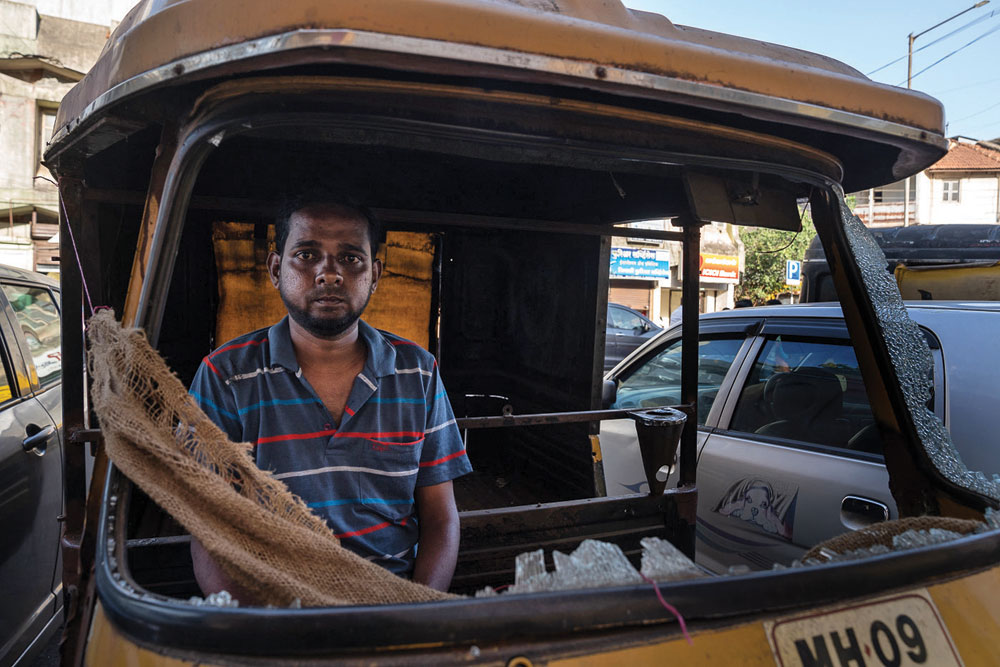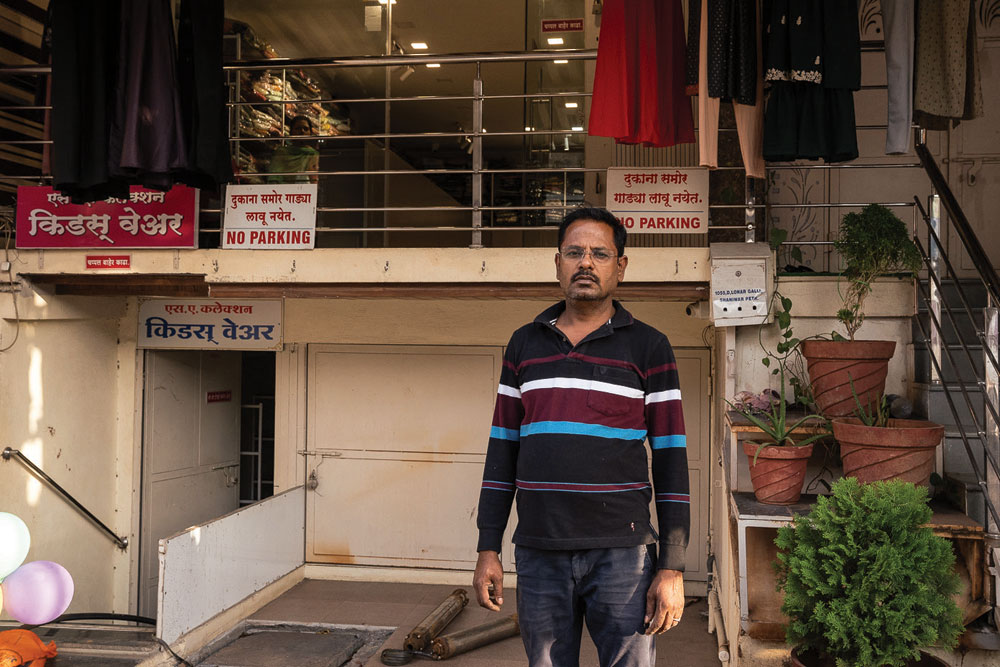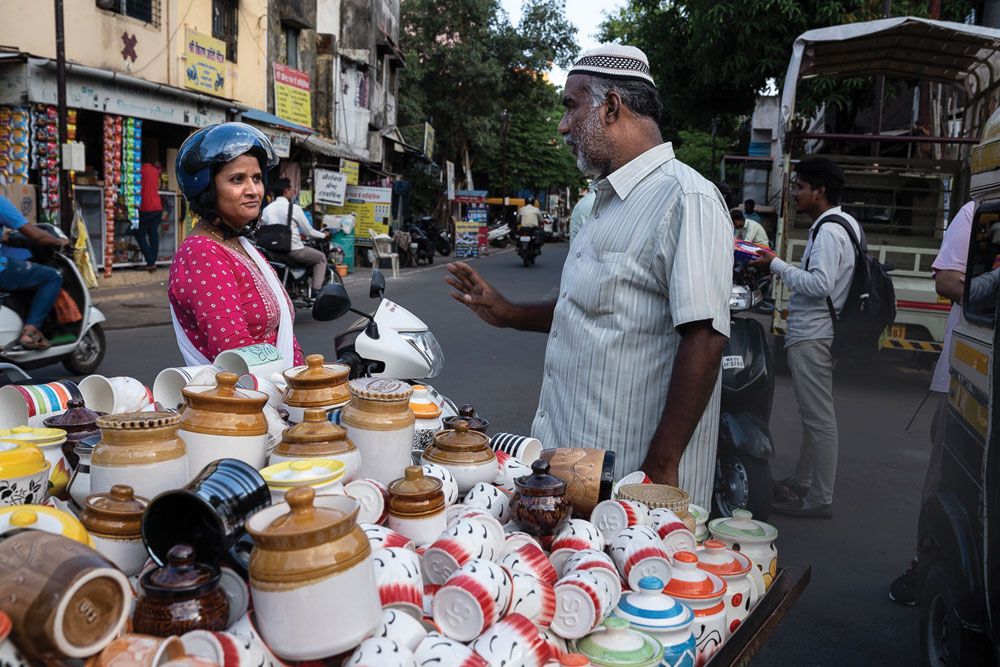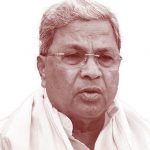In the Name of Aurangzeb
What led to mob violence in Kolhapur after social media posts coincided with Shivaji coronation celebrations
 Lhendup G Bhutia
Lhendup G Bhutia
 Lhendup G Bhutia
Lhendup G Bhutia
 |
16 Jun, 2023
|
16 Jun, 2023
/wp-content/uploads/2023/06/Kolhapur1.jpg)
A protest in Kolhapur against social media posts that had triggered violence, June 7, 2023
IT WAS AROUND 11 IN THE MORNING WHEN Ismail Pathan’s phone began to ring. Pathan, who runs a large garment store from the ground floor of his four-storey building in Kolhapur’s Shivaji Chowk market area, had left that morning of June 7 to visit a friend in another neighbourhood. A bandh had been called in the city to protest inflammatory posts put up by some Muslim youths on social media, but Pathan, while he had closed his store, had remained nonplussed.
“Some friends even told me that there might be trouble and that I should stay indoors,” Pathan recalls. “But I told them, this is not like other places. This is Kolhapur.”
But when he answered the phone, his heart dropped. On the other side of the line were the panicked voices of his wife and daughters. Between their screams, he learnt of the mob that had gathered outside their house at that moment, and how stones were being pelted, and some men were trying to break in. Pathan rushed home on his bike, stopping at the police station to alert the authorities, but by then, the police had shown up and the miscreants had fled.
Pathan shows the footage from the CCTV cameras lodged outside his store that day. At one point in the footage of one camera, two men appear on a bike scanning the house. Minutes later, a crowd of about two dozen individuals materialise out of nowhere bearing rods, canes, concrete bricks, and stones. A frenzied attack ensues, as the mob shatters the glass of the building, and some try to break the door of the house open.
“Even the stone-pelting, while we were so scared, we could cope with. But when they began to break down the door, we were most scared,” says Pathan’s teenage daughter. “We were all women inside, and there was even a 15-day-old baby in our house.”
Pathan holds the large wooden door today and tells us that this is what saved his family that day. On the ceiling extending outside the door, there are large gaping holes that have formed from the ferocity with which the attackers used their rods to strike the door. When you step back to see the rest of the building, the many smashed glass panes in the building and the disfigured flex board bearing the store’s name come into view.

“I still can’t get it,” Pathan says. “Everybody knows me. I am friendly with everyone, Hindu or Muslim. Why would anyone do this to me?”
It is a question on the lips of many individuals. What led a mob, said to measure in thousands, to go so berserk in a city famed for its Hindu-Muslim unity?
“Kolhapur is not like other places,” says Aashqin Ajrekar, a prominent member of the Muslim community in the city, whose family runs several charitable institutions and whose wife is a former mayor of the city from Congress. “Even when [communal] riots break out elsewhere in the state and the situation becomes tense, there is always peace here.”
Most locals point to the legacy and work of Rajarshi Shahu Maharaj, the ruler of the erstwhile princely state of Kolhapur, who was known to be a social reformer, as the foundation stone upon which the city’s progressive ideals and communal harmony were built. “That’s why a lot of us are surprised something like this could occur here,” Ajrekar says.
Not everyone however agrees. According to one senior journalist from this region, there have always been undercurrents of some communal tension in the city, pointing out how Bal Thackeray’s fiery speeches would draw large crowds here, and how the atmosphere around the city would remain tense when communal skirmishes took place nearby.
There has however been a build-up in tension over the last few months in Kolhapur and several other parts of Maharashtra. There have been several rallies throughout the state, including a couple in Kolhapur, where an umbrella group called the Sakal Hindu Samaj has been raising issues such as ‘love jihad’ in Maharashtra, and according to the critics of this group, stirring up prejudice against the Muslim community. Days before the Kolhapur clash, videos of a procession in Ahmednagar, wherein a poster of Mughal emperor Aurangzeb was flaunted, created a stir in many parts of the state. And sometime around this same period, the news of a 22-year-old Muslim youth allegedly kidnapping and sexually assaulting a minor Hindu girl from the city began to go viral online. According to some media reports, the two were actually in a relationship but this news, packaged as yet another case of love jihad, began to go viral. All that was now needed was a spark to set the city aflame.
That came on June 6. On a date when many parts of the state were celebrating the 350th coronation anniversary of the Maratha king Chhatrapati Shivaji, about five Muslim youths, all minors, began to put up posts online depicting the images of Aurangzeb and Tipu Sultan with the Haryanvi song ‘Baap toh baab rahega’ playing in the background. One of them is believed to have created the first video on Instagram, and the rest are believed to have shared them on Instagram and WhatsApp.

These posts went viral throughout the day. By evening, they were deleted and the youths held by the police, but an irate crowd gathered later in the city’s market area, demanding action. According to locals, many outsiders who were celebrating the anniversary of the coronation elsewhere began to descend on the city that night, incensed over the news of the social media posts. These individuals, mainly in their twenties, many claim, were the ones chiefly involved in the violence. “There were some skirmishes in some pockets of the city that night too,” says Ajrekar, pointing to incidents of stone pelting at the Muslim Boarding School, a popular institution established by Rajarshi Shahu Maharaj to promote education among Muslims, which is today looked after by Ajrekar’s father Gani.
To Ajrekar and many Muslims in the city, the youths were wrong to have posted such inflammatory content online. “We, Muslims, are also followers of Shivaji Maharaj. To us, he created a Maratha empire, not a Hindu empire. And we consider ourselves his followers too,” he says. “Those youths were misguided and foolish, and because of them the rest of the community had to suffer.” That evening of June 6 when the detentions were made, many members of the Muslim community, fearful that the event could spiral out of control, even showed up at the police station to support the detention of the youths. “The boys [who posted the inflammatory content online] are being held. We are still investigating their motivations,” says a police officer at the Laxmipuri police station, where the cases against two of the youths are registered. “Simultaneously, we are also looking into the case of the protesters. We have already made several arrests and more will occur.”
The window panes of Muslim homes bear smashed glass, flex boards with the Muslim names of stores have been damaged, and there is a street where autorickshaws bearing Muslim iconography have been ripped apart
The historical figure of Aurangzeb is a particularly prickly topic in Maharashtra. Over the last few weeks, there have been several reported instances of attempts to glorify him, from Kolhapur to the procession in Ahmednagar where his image was flaunted, to instances in Beed and elsewhere where his images were posted online. To some like Surendra Jondhale, a political commentator and professor of political science at the University of Mumbai, this is a reflection of the marginalisation felt by Muslim youths. “They are frustrated. They have no jobs, they are feeling political insecurity and desperation. That’s why it is coming out in this way,” he says.
Others however believe there is a larger political conspiracy designed to foment trouble. “How is it that on the day of the 350th anniversary of the rajyabhishek [coronation] of Chhatrapati Shivaji Maharaj, when everyone is celebrating this day, these posts came up?” asks Dhananjay Mahadik, the BJP Rajya Sabha MP from Kolhapur. Pointing to several instances where such posts have appeared in recent times, he says, “There is a larger political conspiracy. That’s why, when those youths were held, members of various Hindu groups went to the police demanding that the masterminds behind all this should also be arrested.” When asked who could be behind such a conspiracy, he points to the comment made about a week prior by Satej Patil, the Congress MLC from Kolhapur, about the likelihood of communal violence in the city, to ask how he knew of what was to come. Patil had made such a comment when speaking about the communal polarisation in the city about a week before the clash. “Chhatrapati Shivaji is God in Maharashtra. We Hindus cannot tolerate attempts to insult him. And these [individuals who put up the posts] aren’t children. They understand the repercussions of what they do. If we don’t protest such attempts, soon we will see Pakistan flags in our city,” he says. “I don’t support what happened. Protesters cannot take the law into their hands. But in such a huge crowd when passions are running high, how do you bring control?”
The clash comes at a time when the state’s politics is in flux. With state and national elections only a year away, a formerly aggressive rightwing party, Shiv Sena, has split, with one faction forming the government with BJP. And the other, along with Congress and the Nationalist Congress Party (NCP), forming the opposition. Jondhale also points to this region of western Maharashtra, traditionally dominated by Congress and NCP, which BJP is now attempting to breach.
Four days after the attacks, there is little evidence to suggest what took place here. The locality around Shivaji Chowk, the main marketplace where the violence took place, looks busy and normal. Internet restrictions that were imposed after the clash have been removed. But as you travel inside the many smaller streets and by-lanes that shoot out from Shivaji Chowk, especially areas around mosques where sizeable Muslim populations live, and you begin to look closer, snapshots appear of what might have taken place.

The window panes of Muslim homes bear smashed glass, flex boards with the Muslim names of stores have been torn and damaged, and there is an entire street where autorickshaws bearing Muslim iconography have been ripped apart.
“Look at this,” says Zubain Iqbal, an autorickshaw driver in his early thirties, as he takes me through a street filled with autorickshaws damaged on that day, to open the canvas that covers the back of his vehicle. “Look what they did to my auto,” he says. Inside, the vehicle has been stripped bare. The glasses of the vehicle have been smashed, the seats have been entirely ripped out, and the wires have been pulled out. “They turned the whole vehicle upside down and threw it on the road. They did this to all our autos. We had to get cranes to turn it back,” he says.
This is an area known as Akbar Mohalla, close to a mosque. It was here, locals say, where pitched battles took place. Samir Sattar Mistri, who runs a small metal fabrication workshop, ran home along with his brothers that morning when they learnt of the mob reaching this locality. “We formed groups of men and stood guard at the entrances of lanes to our mohalla,” he says. “We were thinking of our mothers and wives and children. We kept them at home, and we picked up stones and whatever we could find to repel the mob from entering.” From where he stood, at the entrance of one lane, he could see the carnage unfolding in the main street. Most autorickshaw drivers who live in the locality park their vehicles in this street, and he could see the mob searching for signs like Muslim iconography, words or amulets that suggest Muslim ownership to smash and damage those vehicles. “They turned entire vehicles upside down. Those vehicles are our livelihood, but we dared not go into the streets, prioritising protecting our families instead,” Mistri says. His elder brother Imran, whose autorickshaw was also damaged, walked out of his house and into the street upon hearing of the clash. “I thought I could talk them out of it. We are brothers after all. But they beat me instead,” he says. He carries a large black scar around his right eye, the spot, he says, where one such stone hit him.
Some distance away, and close to Pathan’s store today, stands Iqbal Nizam, a hawker with his cart full of glass mugs. A 56-year-old with a cheerful demeanour, Nizam is a popular figure in the locality. On the day of the clash, his cart which he keeps covered when not in use, was overturned and its contents smashed. A photograph of this cart appeared in a local newspaper and one of the friends, Milind Patil, who had once studied with him at school, put out a plea online to financially support Nizam. There were generous responses, Patil says, but Nizam refused to take the money. “They thought of me, that is enough for me,” Nizam says.
Throughout the evening today, people keep stopping by to ask him how he is coping, and Nizam puts his hand on his chest as a gesture to show appreciation. “It is easy to be bitter based on the actions of some,” he says to me. “But look,” he says—as a woman on a scooter who had stopped to talk to him leaves—“look, how much people care. It is important to remember this.”

/wp-content/uploads/2025/07/Cover_Dalai-Lama.jpg)












More Columns
From Entertainment to Baiting Scammers, The Journey of Two YouTubers Madhavankutty Pillai
Siddaramaiah Suggests Vaccine Link in Hassan Deaths, Scientists Push Back Open
‘We build from scratch according to our clients’ requirements and that is the true sense of Make-in-India which we are trying to follow’ Moinak Mitra